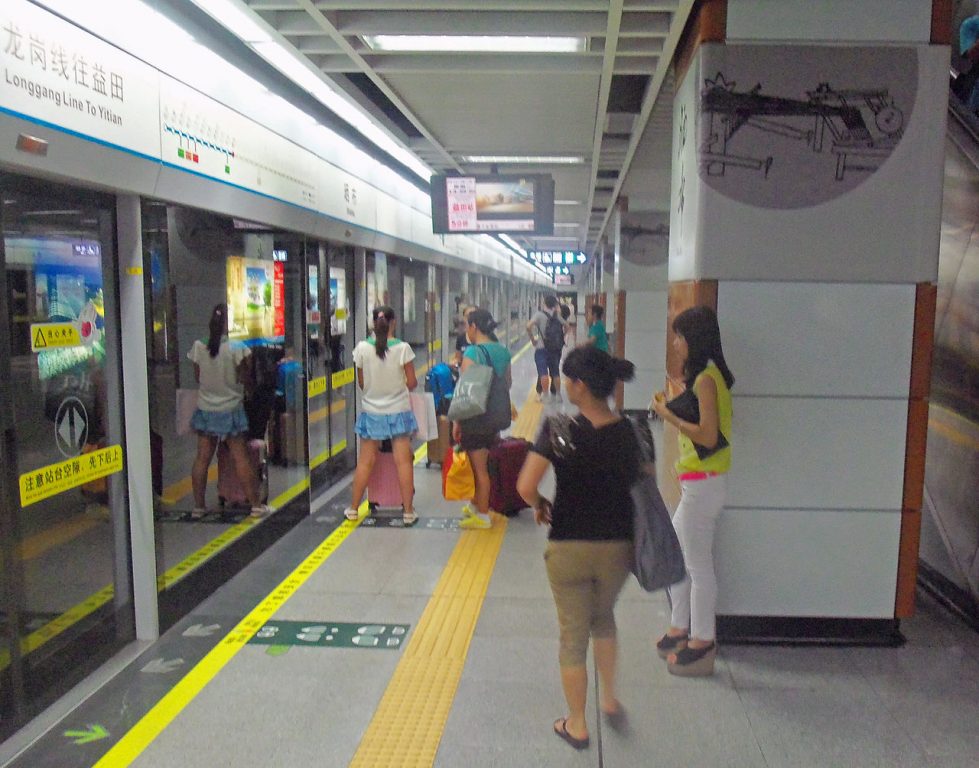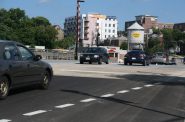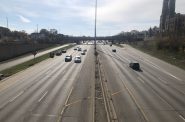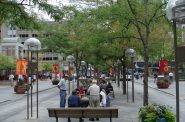China’s Many Metro Systems
All the city news you can use.

Platform at Shaibu Station. Photo by Daniel Case, CC BY-SA 3.0 <https://creativecommons.org/licenses/by-sa/3.0>, via Wikimedia Commons
Every day at The Overhead Wire we sort through over 1,500 news items about cities and share the best ones with our email list. At the end of the week, we take some of the most popular stories and share them with Urban Milwaukee readers. They are national (or international) links, sometimes entertaining and sometimes absurd, but hopefully useful.
China’s many metro systems: Between 2000 and 2022, China built metro systems in 41 different cities covering over 4,500 miles. Metro systems in China can be built quickly in part because they use five different standardized train types and are able to design tunnels and bridges in bulk without individualized designs. But the massive expansion might not get to every city as rising costs and questions need might slow down ambitions. (Alistair Baker-Brian | That’s Magazines)
Creating a sustainable Berlin: Berlin like many other cities around the world is looking for ways to become more sustainable in this time of climate crisis. The city has been looking inward at its own ecosystem and testing potential solutions, like allowing goats to graze the hills of an old stadium to create more biodiversity or planting seeds of plants that thrive in slightly warmer temperatures than exist now. (Timothy Schuler | The Nature Conservancy)
Rotterdam’s green roof network: In 2008 Rotterdam, Netherlands began giving building owners subsidies for retrofitting roofs into green spaces and parks. Years later an experiment began connecting these rooftops into an elevated park network. As more and more cities are looking to mitigate the impacts of the heat island effect, could connected roof parks be a cooling solution for cities in a warming world? (Ryan Waddoups | Surface Magazine)
Cities need a department of care: In an interview with The Architect’s Newspaper, urban planner Justin Garrett Moore believes cities should have a department of care. He says that while we chat about building new buildings and infrastructure often, we don’t talk about maintenance and care of our neighborhoods over the longer term. (Catherine Chattergoon | The Architect’s Newspaper)
Quote of the Week
It’s something that makes San Diego unique — when you come into San Diego, you see less billboards.
–Gary Geiler of the City of San Diego discussing the city’s strict billboard rules which have become a national model.
This week on the podcast, Stephanie Gidigbi Jenkins, of NRDC and North Star Strategies, and Helen Chin, president of the Communities First Fund join the show.
Want more links to read? Visit The Overhead Wire and signup.
Urban Reads
-
How Traffic Noise Impacts Children’s Brains
 Jul 1st, 2024 by Jeff Wood
Jul 1st, 2024 by Jeff Wood
-
Number of Super Commuters is Rising
 Jun 22nd, 2024 by Jeff Wood
Jun 22nd, 2024 by Jeff Wood
-
Why Has the Walkable City Been Villainized?
 Jun 9th, 2024 by Jeff Wood
Jun 9th, 2024 by Jeff Wood





















